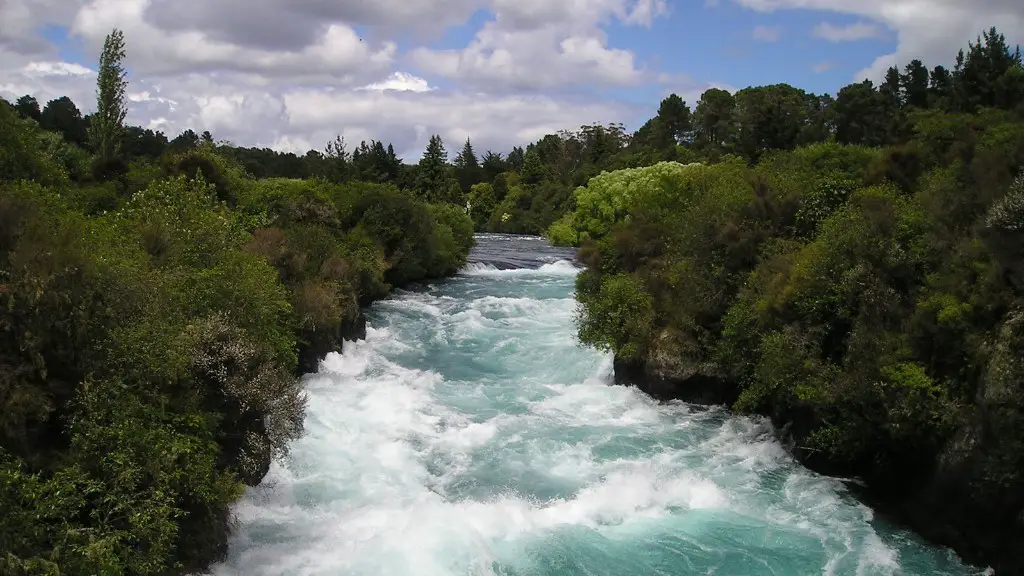The Mississippi River is one of the world’s greatest waterways, and it is important to measure it at multiple sites across its length. Located in the Southeast region of Missouri, on the west bank of the Mississippi River is Cape Girardeau. This is where the United States Geological Survey (USGS) monitors and measures the river. The data collected at Cape Girardeau is used to help inform decisions related to navigation, infrastructure management, and water supplies.
The USGS has been measuring the Mississippi River since the early 1900s. Initially, the measurements were done manually with the length and width of the river’s channel and its depth all calculated. This data was then analyzed to create a profile of the river at Cape Girardeau.
Today, the USGS uses modern technology and equipment to measure the Mississippi River at Cape Girardeau. Automated acoustic Doppler instruments and water-level recorders are used to measure the velocity and stage of the river.The velocity is the speed of the river’s current, and stage is the height of the water in the river. These instruments are very accurate and can provide data that can be used to create detailed maps of the Mississippi River.
In addition to the automated instruments, the USGS also collects data from manual sampling. This involves physically measuring various aspects of the river, such as its width and depth, to get an accurate picture of the river and its channel. The data collected from manual sampling is gathered in conjunction with the data collected from automated instruments.
The USGS has established a network of stations along the Mississippi River from the headwaters in Minnesota to the Gulf of Mexico. Each station is equipped with automated instruments and may have staff performing manual sampling. Data collected from these stations is relayed to the USGS’s Regional Center in Arkansas, where it is analyzed and made available to the public.
The data collected by the USGS at Cape Girardeau is used to inform decisions made by experts in areas such as water management, navigation, and infrastructure development. This data helps ensure that the Mississippi River is managed efficiently and responsibly.
Precautions and safety measures
The data that is collected at Cape Girardeau is also used to inform safety measures for anyone navigating or fishing on the Mississippi River. Real-time water levels are analyzed to determine if the river is too high or low for safe navigation, and information about current strength is used to warn of any strong currents. This helps to ensure the safety of anyone fishing or navigating the Mississippi River.
Impact of climate change
Climate change is impacting the Mississippi River in various ways, most of which are not yet fully understood. The USGS is using the data that is collected at Cape Girardeau to track the potential impacts of climate change on the river. This includes looking at the potential effects of changes to the river’s flow rate, sedimentation, and temperature.
Economic and recreational activities
The data collected by the USGS at Cape Girardeau is also used to support the economic and recreational activities that are based on the Mississippi River. This includes monitoring the river to ensure that it is safe for navigation and recreational activities such as fishing, boating, and swimming. The data is also used to inform decisions about waterway management and infrastructure development.
Public access to data
All of the data collected by the USGS is made publicly available through the USGS Water Resources website. This enables the public to access the data that is collected at Cape Girardeau and other monitoring stations along the Mississippi River. This data can be used to access information on the river’s flow rate, sedimentation, temperature, and other parameters. As such, the data is a valuable public resource for anyone interested in the Mississippi River.


